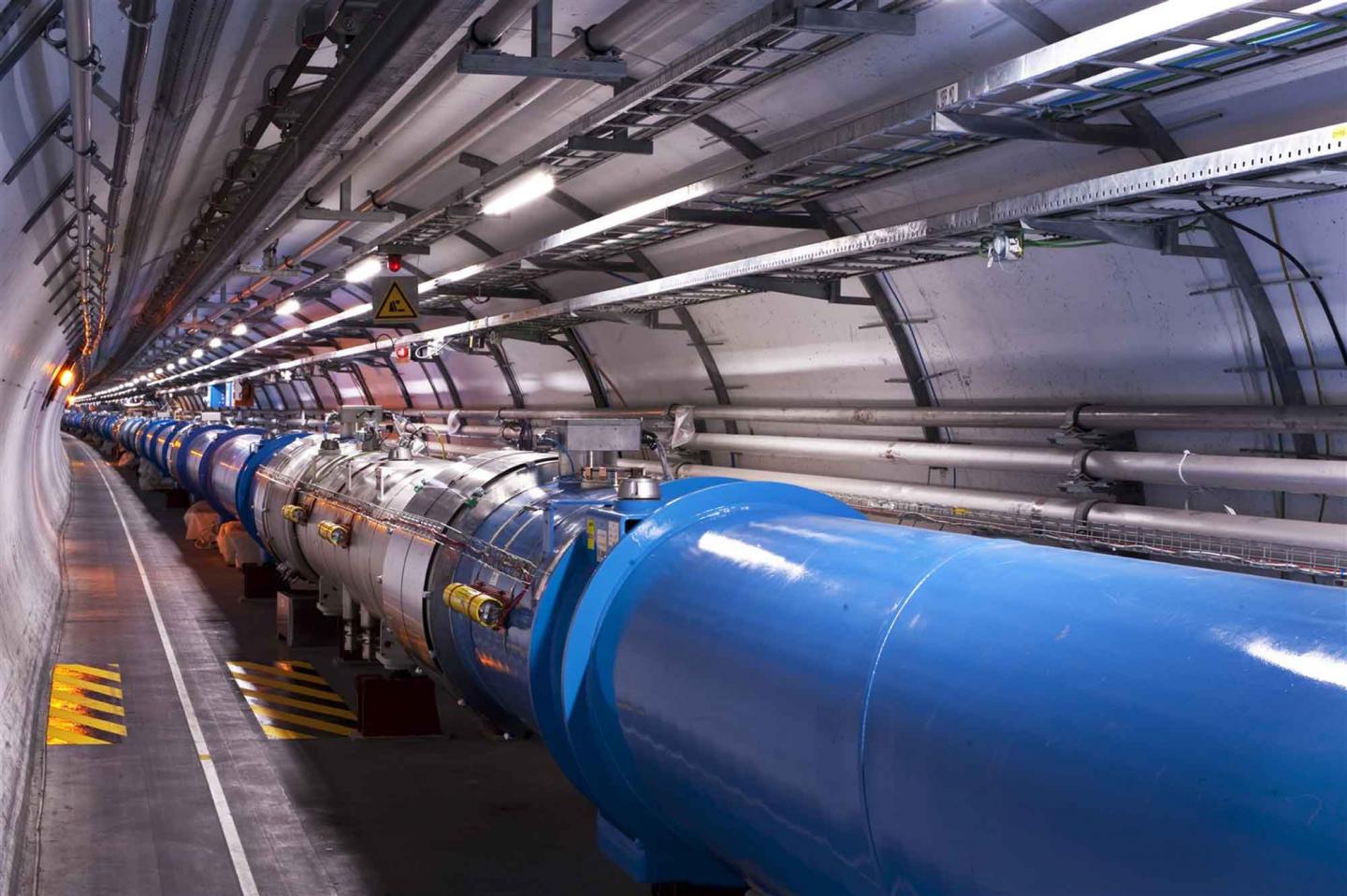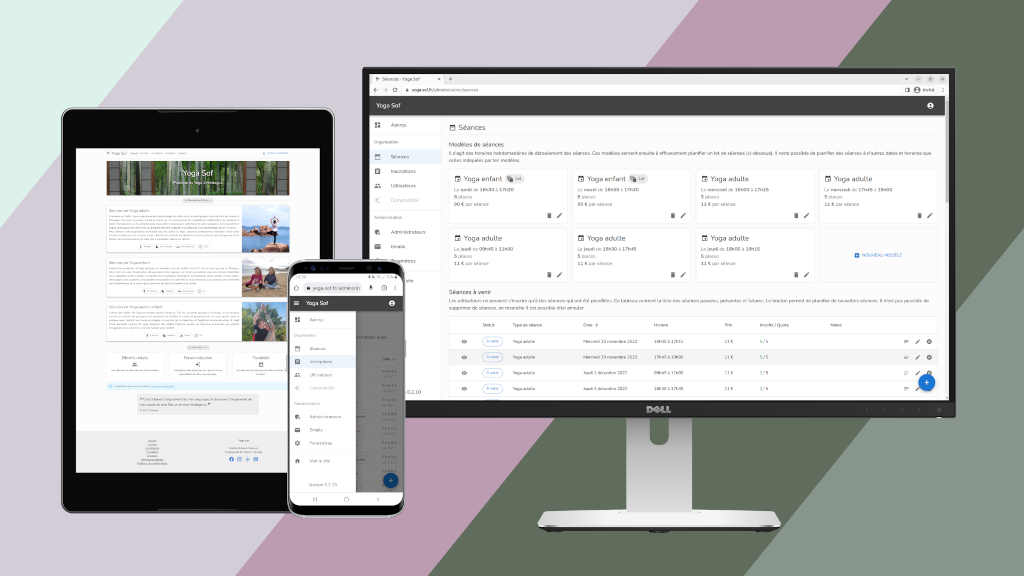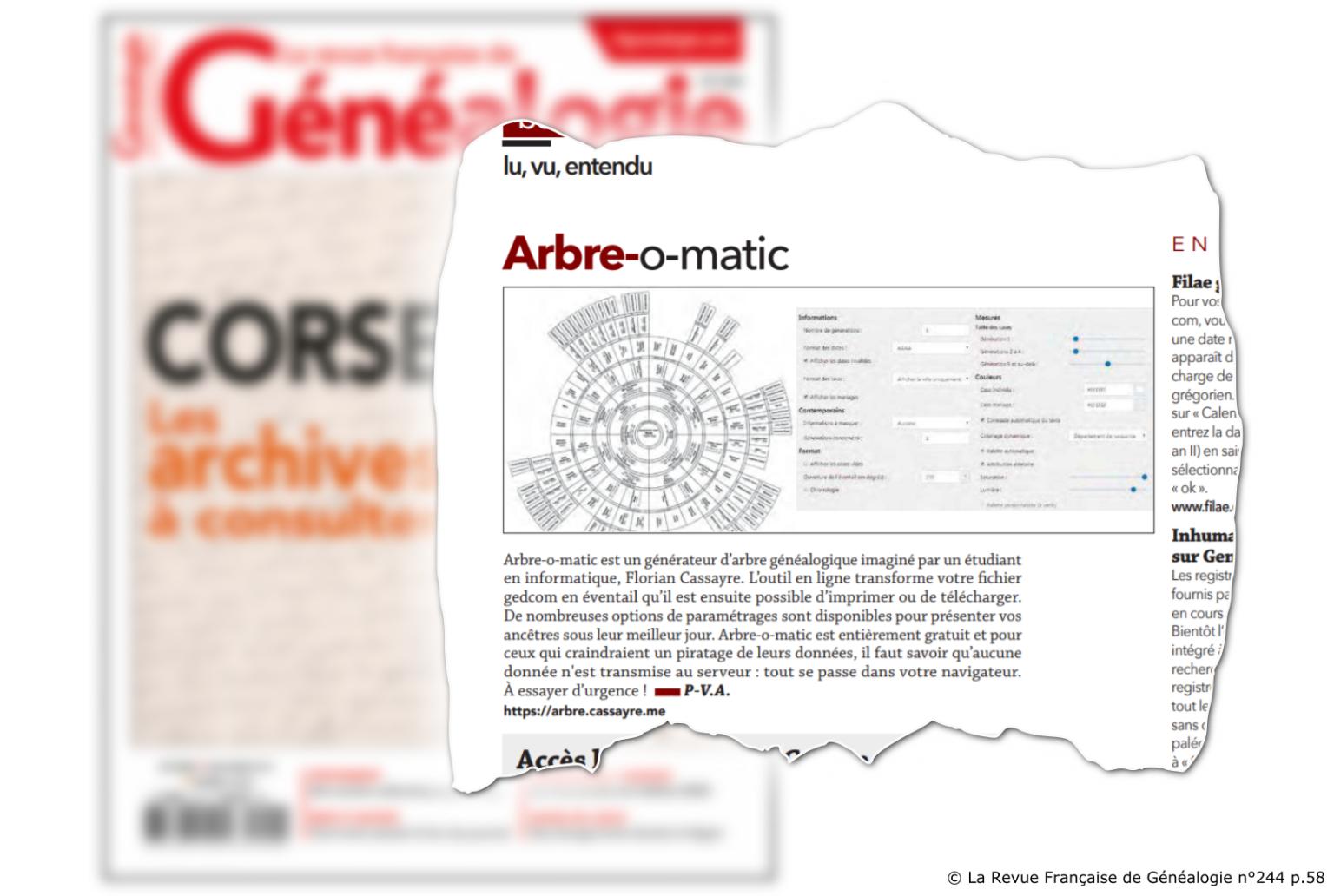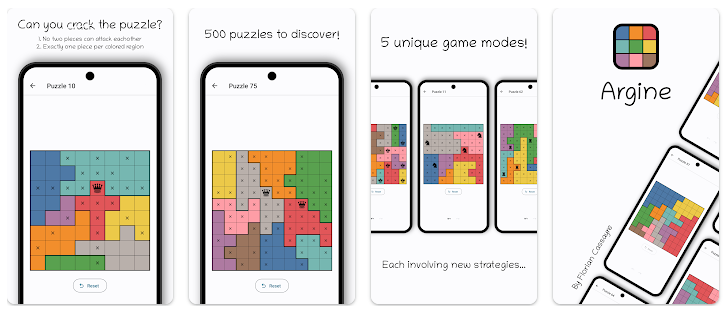Florian Cassayre
\flɔ.ʁi.ɑ̃ ka.sɛʁ\
Current projects


LanDB
CERN's central network database

IMPACT
CERN's intervention management planning and coordination tool
Career path
- 2025 - now
European Laboratory for Particle PhysicsCERN
Full-stack Software Engineer
Staff
- 2022 - 2025
European Laboratory for Particle PhysicsCERN
Full-stack Software Engineer
Fellow
- 2020
European Laboratory for Particle PhysicsCERN
Full-stack Software Engineer
Intern
- 2019 - 2022
École Polytechnique Fédérale de LausanneEPFL
Master's degree
Computer Science
- 2018 - 2019
Kungliga Tekniska HögskolanKTH
Academic exchange
- 2016 - 2019
École Polytechnique Fédérale de LausanneEPFL
Bachelor's degree
Computer Science
Contributed projects
Publications
Giovanni Chierico, Miguel Ventura, Florian Cassayre, Agata Chadaj, Mateusz Kubicki, Aleksa Majkic
The declaration and approval of activities related to CERN's accelerator complex are critical for ensuring safety and compliance. For the past 12 years, the Intervention Management Planning and Coordination Tool (IMPACT) has been the primary system facilitating these processes, enabling approvals by domain and location experts. However, evolving requirements and advancements in technology have necessitated a significant upgrade. This paper introduces the new system, which represents a migration from the legacy IMPACT application. It preserves historical data while offering key usability improvements, especially for mobile platforms. The updated system simplifies user interactions with clearer workflows and interfaces, reducing complexity for those declaring or approving activities. The development process prioritized a user-centric approach, incorporating iterative testing with stakeholders to ensure the system meets the operational needs of CERN’s diverse activities. This paper outlines the technical architecture of the new system, strategies for data migration, and mechanisms designed to improve safety communication. This initiative aligns IMPACT with the integrated engineering platform developed by the Engineering Department (EN) and contributes to CERN’s overarching goal of advancing safety standards through robust digital solutions.
Simon Guilloud, Florian Cassayre, Viktor Kunčak
We present the foundations and initial implementation of a new interactive theorem prover, named LISA. In a slight contrast to most popular type-theoretic frameworks, and much like Mizar, LISA aims to use classical mainstream foundations of mathematics, taking a hint, among others from the talk of John Harrison in this very venue in 2018. LISA uses (single-sorted) first order logic (with schematic variables) as the syntactic framework and set theory axiom schemas as the semantic framework. On top of these foundations we can construct numbers and other mathematical theories and models of computation without introducing new axioms. As the target use of LISA we envision mathematical statements as well as formal proofs of computer programs and systems, possibly with probabilistic and distributed behavior. For automation in LISA we expect to employ newly developed algorithms for equivalence checking of formulas and proofs, existing high-performance superposition-based theorem provers such as Vampire, SPASS, E and Zipperposition, as well as SMT solvers such as Z3, CVC5, and veriT, and OpenSMT. An important aim of LISA is interoperability with other proof assistants. We hope that the design of LISA with small, fresh code base, simple foundation and explicit proof objects will encourage building bridges with other tools. We also expect that the system will serve as a good vehicle to explore machine-learning guided superposition proof search, with learned heuristics complementing hand-tuned ones. We also plan to explore high-level translation of proofs from other systems into LISA, inspired by the success of deep neural networks in natural language translation.
Qiyuan Liang, Florian Cassayre, Haley Owsianko, Majed El Helou, Sabine Süsstrunk
Deep image denoisers achieve state-of-the-art results but with a hidden cost. As witnessed in recent literature, these deep networks are capable of overfitting their training distributions, causing inaccurate hallucinations to be added to the output and generalizing poorly to varying data. For better control and interpretability over a deep denoiser, we propose a novel framework exploiting a denoising network. We call it controllable confidence-based image denoising (CCID). In this framework, we exploit the outputs of a deep denoising network alongside an image convolved with a reliable filter. Such a filter can be a simple convolution kernel which does not risk adding hallucinated information. We propose to fuse the two components with a frequency-domain approach that takes into account the reliability of the deep network outputs. With our framework, the user can control the fusion of the two components in the frequency domain. We also provide a user-friendly map estimating spatially the confidence in the output that potentially contains network hallucination. Results show that our CCID not only provides more interpretability and control, but can even outperform both the quantitative performance of the deep denoiser and that of the reliable filter, especially when the test data diverge from the training data.
Florian Cassayre
We propose a front-end framework for the novel proof assistant LISA. The two systems are based on Gentzen's sequent calculus with first-order logic and are implemented in the Scala programming language. Our framework supports different proof styles and provides a declarative language for tactics. The usage of tactics is facilitated thanks to a parameter inference system. The proofs written in our framework can be translated into the trusted kernel for verification. We demonstrate that our framework simplifies the process of writing formal proofs for LISA, and that it is suitable for an interactive usage. We also introduce other relevant components for LISA such as a strongly typed programming interface, a two-way parser and printer, and a proof simplifier.
Master thesis at LARA (Lab for Automated Reasoning and Analysis), EPFL.
Florian Cassayre
The goal of this semester project was to design a proof framework and use it to formalize elementary set theory. Safety is ensured by the compiler through type checking, while formal soundness is guaranteed by the execution. This hybrid verification process allows the framework to be used interactively inside an IDE. It is shown how types can encode logic formulas, in particular first order logic and higher order theories.
Semester project done at LARA (Lab for Automated Reasoning and Analysis), EPFL.
Programming challenges
My entries are mainly targeting the languages python and brainfuck.
Highlights
- SWERC 2022: qualified among 50,000 participants, ranked 35th
- IEEEXtreme 15.0 2021: ranked 56th among 5,500 teams
- BPuzzled 2021: 1st place on campus, qualified for the final
- LauzHack 2020: AdMotiv, second place winners
- LauzHack 2019: Sentiment-U, organizers' favourite hack, Logitech prize
Honorable mentions:
- Hash Code 2022: fastest submission of the competition
Social
Blog
Languages
English | Proficient |
French | Native |
German | Experienced |
Swedish | Basics |
Address
You can write me at:
PGP fingerprint
Visit CERN
You are curious about what takes place at CERN, and you are located around Geneva?
I can propose private guided tours inside some of the facilities. Please contact me if you are interested, I'll try to accommodate all requests!
All visits are free of charge and take place outside typical working hours of the organisation.

